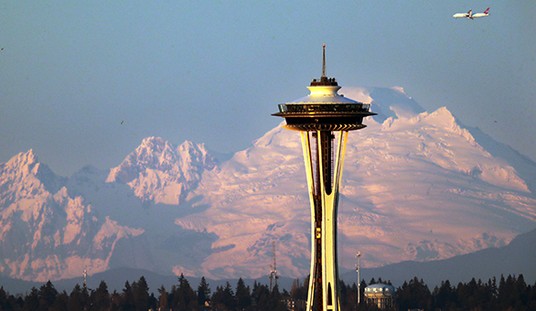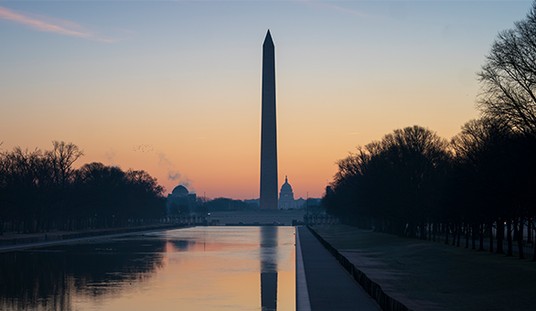RedState’s Water Cooler – January 28, 2019 – Open Thread
Good Monday Morning!
Newly Declassified Report: Threat of Attack on US Electric Grid Is Real
Several weeks ago, I posted about Russia’s successful attempt to use small government contractors to gain access to the US Electric grid here. The post received very little interest, however, a newly released report, “Nuclear EMP Attack Scenarios and Combined-Arms Cyber Warfare,” suggests that we should be taking this threat more seriously. The report was written by Electromagnetic Pulse (EMP) expert Peter Vincent Pry and warns of an electronic world war launched by Russia, Iran, North Korea, and China that could wipe out North America, Europe, and Israel. Pry writes that Russia considers EMP a “revolution in military affairs.”
Pry told the Washington Examiner’s Paul Bedard:
The U.S. is an easy target because virtually everything, military and civilian, relies on computers, and even the Pentagon uses the civilian Internet. Ours is the most technologically advanced society, and therefore the most susceptible to attack.
This new warfare uses cyber viruses, hacking, physical attacks, non-nuclear EMP weapons, and a nuclear EMP attack against electric grids and critical infrastructures. It renders modern armies, navies, and air forces obsolete. It paves the way for asymmetric warfare by small nations and terrorists.
The full article can be viewed here.
Sailing Through the “Roaring Forties”
Shortly after our ship passes the 40-degree latitude line, the size of the swells and the concentration of white caps increase dramatically. Gale force winds begin blowing, at times gusting up to storm level. The apparent wind speed reaches 97 kilometers per hour causing the ship to list noticeably to port. The water in the ship’s pool sloshes around wildly often flowing over the two-foot tile wall, which surrounds it. This is the first day I have been slightly unsteady on my feet.
We have reached what sailors call the “Roaring Forties.”
The term “Roaring Forties” refers to the strong westerly winds that circle the earth between latitudes of 40 and 50 degrees in the southern hemisphere. Broken only by New Zealand, Tasmania and the southern tip of South America, “these currents are caused by the combination of air being displaced from the Equator towards the South Pole and the Earth’s rotation.”
According to Wikipedia:
During the Age of Sail, ships travelling from Europe to the East Indies or Australasia would sail down the west coast of Africa and round the Cape of Good Hope to use the Roaring Forties to speed their passage across the Indian Ocean, then on the return leg, continue eastwards across the Pacific Ocean and under Cape Horn before sailing up the east coast of the Americas to home. It was first used by Dutch explorer Hendrik Brouwer in his Brouwer Route, discovered in 1611, which effectively halved the duration of the trip from Europe to Java. “To run the easting down” was the phrase used to describe the fast passages achieved in the Roaring Forties.
Round-the-world sailors also take advantage of the Roaring Forties to speed travel times, in particular those involved in record attempts or races.
Similar but stronger wind conditions prevalent closer to the South Pole are referred to as the “Furious Fifties” (50 to 60 degrees south), and the “Shrieking” or “Screaming Sixties” (below 60 degrees south).
The seas calmed down a bit until we passed through the Fovreau Strait, the 15-19 mile wide channel that separates Stewart Island from the mainland of South Island. It is said that on a bad day, this waterway can be one of the most hazardous in the world. Fortunately, we did not pass through on a bad day. However, as the ship was leaving the passage, I was awoken by some serious lurching and rolling motion. Apparently, strong currents and winds are typical in this section of the strait.
In 1823, Sailor Jules de Blosseville wrote, “Whirlpools are frequently to be met with and the position is one of great peril when the direction of the waves is contrary to that of the wind.”
The Maori, the first tribe to inhabit New Zealand, called these strong winds “hau-mate” or the “death winds.”
Many sailors have met their deaths here. According to Wikipedia, 23 people have drowned in the strait in the last 20 years.
Quote of the Day:
“The pessimist complains about the wind; the optimist expects it to change; the realist adjusts the sails.”
William Arthur Ward















Join the conversation as a VIP Member